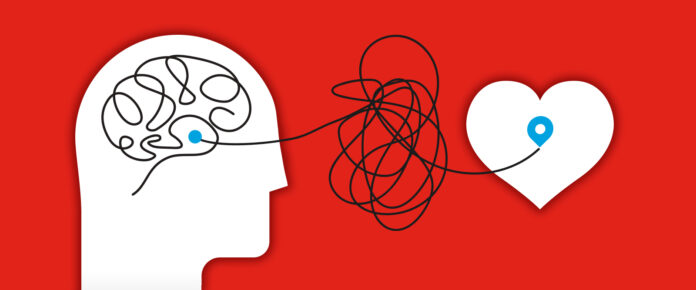Introduction:
Love is a universal and complex emotion that has fascinated humans for centuries. Have you ever wondered why we feel such a strong connection with certain individuals? The answer lies within our brains. In this blog post, we will explore the physics of love and how our brains create and sustain emotional bonds with others. By understanding the science behind love, we can gain insight into the intricate workings of our relationships and the profound impact they have on our lives.
The Science of Love
Love is not just a mystical force; it has a physiological basis. When we fall in love, our brains undergo significant changes. Some key aspects of the science of love include:
Neurochemicals: Love is associated with the release of neurochemicals like dopamine, oxytocin, and serotonin, which play a crucial role in generating feelings of pleasure, bonding, and attachment.
Brain Regions: Various brain regions, such as the prefrontal cortex, amygdala, and hypothalamus, are involved in love and relationships, regulating emotions, social bonding, and sexual desire.
Attachment Styles: Our early experiences shape our attachment styles, influencing how we connect and bond with others throughout our lives.
Mirror Neurons: Mirror neurons are activated when we observe others’ actions and emotions, enabling us to empathize and feel connected to them.
The Power of Emotional Bonding
Emotional bonding forms the foundation of our relationships. It allows us to connect deeply with others and experience love. Here are some essential aspects of emotional bonding:
Trust and Vulnerability: Building trust and being vulnerable with our loved ones strengthens emotional bonds and fosters intimacy.
Emotional Resonance: Sharing and understanding each other’s emotions create a sense of closeness and connection.
Empathy and Compassion: The ability to empathize and show compassion toward our partners nurtures a strong emotional bond.
Nonverbal Communication: Nonverbal cues, such as eye contact, touch, and body language, play a significant role in conveying emotions and building connections.
Love’s Impact on Well-being
Love has a profound impact on our well-being, both physically and mentally. Here are some ways love benefits us:
Psychological Well-being: Love and positive relationships contribute to increased happiness, lower levels of stress, improved self-esteem, and reduced risk of mental health issues.
Physical Health: Loving relationships have been linked to better cardiovascular health, enhanced immune function, lower blood pressure, and improved longevity.
Stress Reduction: Love acts as a buffer against stress, as the presence and support of a loved one can help us cope with life’s challenges.
Emotional Support: Being in a loving relationship provides emotional support, fostering a sense of belonging and security.
Conclusion
Love is a remarkable force that transcends cultural boundaries and touches the deepest parts of our being. By understanding the physics of love and how our brains connect with others, we gain a deeper appreciation for the complexity and beauty of our relationships. Love not only enriches our lives but also contributes to our well-being, both emotionally and physically. As we navigate the intricate dance of love, let us cherish the connections we have and foster meaningful relationships that bring joy, fulfillment, and a profound sense of belonging. Love is not just an abstract concept; it’s a powerful force that shapes our lives and makes us who we are.


